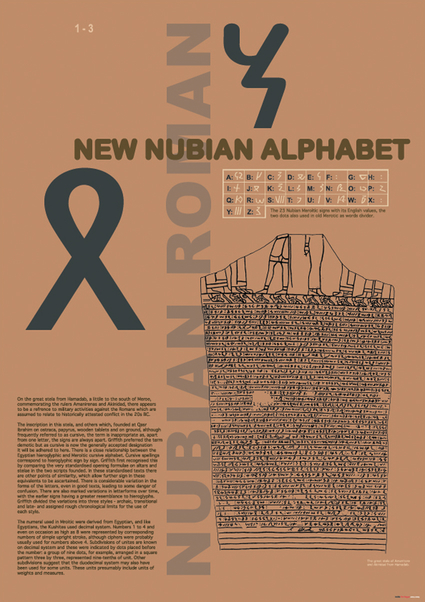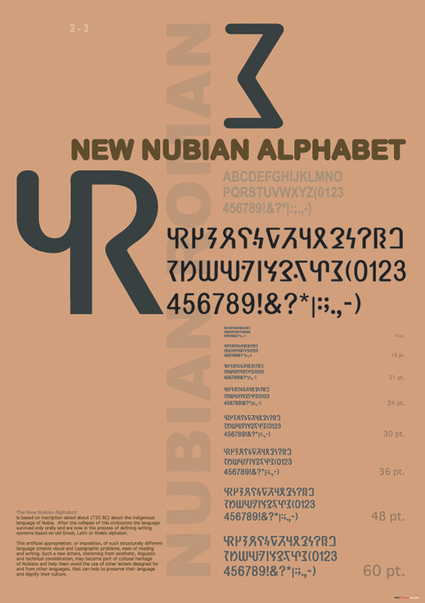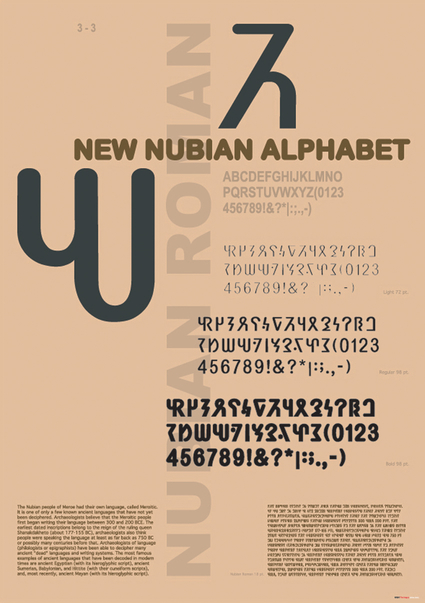The earliest dated inscriptions belong to the reign of the ruling queen Shanakdakheto (about 177-155 BCE), but archaeologists also think people were speaking the language at least as far back as 750 BCE and possibly many centuries before that.
Archaeologists of language (called "philologists" or "epigraphists") have been able to decipher many ancient "dead" languages and writing systems. The most famous examples of ancient languages that have been decoded in modern times are ancient Egyptian (with its hieroglyphic script), ancient Sumerian, Babylonian, and Hittite (with their cuneiform scripts), and, most recently, ancient Mayan (with its hieroglyphic script).
Language researchers can decipher ancient languages and writing systems using several means. First, they may need to find and learn a language that is the modern descendant of the ancient language. This gives them clues to the structure of the ancient language and the meanings of some of its words, even though the passage of centuries may have changed the language very much. Second, they may also need to find inscriptions in the unknown language that have a translation in a known language. The most famous example of such an object is the "Rosetta Stone" from Egypt, which was inscribed with the same text translated in ancient Egyptian as well as in ancient Greek. The ancient Greek text, which could be translated, helped to translate the Egyptian text, which still could not be read when the stone was discovered.
In 1907, a British archaeologist, Francis L. Griffiths, compared ancient Egyptian writing and ancient Meroitic writing and discovered that many Meroitic letters, both hieroglyphic and cursive, were derived from ancient Egyptian. He used this technique to figure out the sounds of each of the Meroitic letters, but he was able to understand the meanings of only a few of the words spelled out by these letters. To this day, no one has been able to decipher this ancient language. Meroitic will remain a mystery to us until we find an African language similar enough to Meroitic to help us to understand its vocabulary or until we find an ancient object or document with the same passage written in both Meroitic and a language that we can understand.
We may not know how to understand Meroitic, but we know how it sounds. Because we know the sounds, we can read the names of kings and queens whose names were written in their tombs. We can also write English words phonetically using Meroitic letters. This application (avilable in the net: wwwdignubia.com) will allow you to see your name written phonetically in Meroitic hieroglyphs or Meroitic cursive script. You will notice that the letters in the Meroitic version of a word fill in from right to left. This is because the Meroitic people wrote from right to left, just as the ancient Egyptians did and just as the modern Arabs still do.


